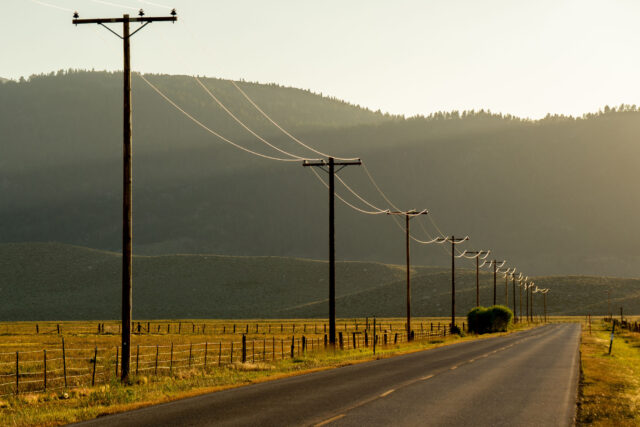The COVID-19 pandemic highlighted the importance of digital connectivity to student learning and led to unprecedented investments in broadband. Last week, PPIC researcher Joseph Hayes presented findings from a new report showing that, despite considerable progress in digital access last year, major gaps remain, especially for low-income, Black, and Latino students. A panel of experts then discussed how to close the digital divide for good.
For many areas of the state, the lack of broadband “cannot be solved overnight,” said Amy Tong, director of the California Department of Technology. To address longstanding infrastructure needs, Tong is excited about the state’s recent investment of $6 billion to build middle- and last-mile connections in places where “there’s just no connectivity.”
In addition, the federal infrastructure bill currently under discussion in Congress could provide $65 billion to expand broadband. The bulk of these funds would go toward “building out networks and providing equitable access,” said Marguerite Reardon, senior reporter at CNET. If passed, this would be “the biggest chunk of money that the feds have ever put toward getting broadband infrastructure out there,” she added.
But funding is just one part of the equation. Making sure that new initiatives are sustainable is another challenge. Luis Wong, chief technology officer at the Imperial County Office of Education, pointed out that carriers can be reluctant to build in areas where there might not be enough subscribers to maintain service. What programs will be in place to ensure that the finances work out over the long term? “The last thing we want to do is invest tens of billions of dollars and then it doesn’t pencil out at the end of the day,” he said.
Equitable access to high-quality service is also key. In rural Imperial County, many families have internet access, Wong noted, but the service wasn’t good enough to support multiple kids doing distance learning and parents working from home. Urban neighborhoods struggle with unavailable or poor internet service as well, said Reardon. “Why is it ok for people who live in a certain section of town . . . [to get] lesser service than folks in the suburbs?” she asked. “It’s a policy issue that really needs to be addressed.”
Tong emphasized the state’s commitment to achieving broadband for all. “Digital infrastructure is a necessity now. It’s no longer a luxury,” she said. This is a “once-in-a-generation, perhaps once-in-a-lifetime [opportunity]. . . . We’ve got to do everything we can in a rapid but strategic manner to make sure those infrastructure services are in place.”





